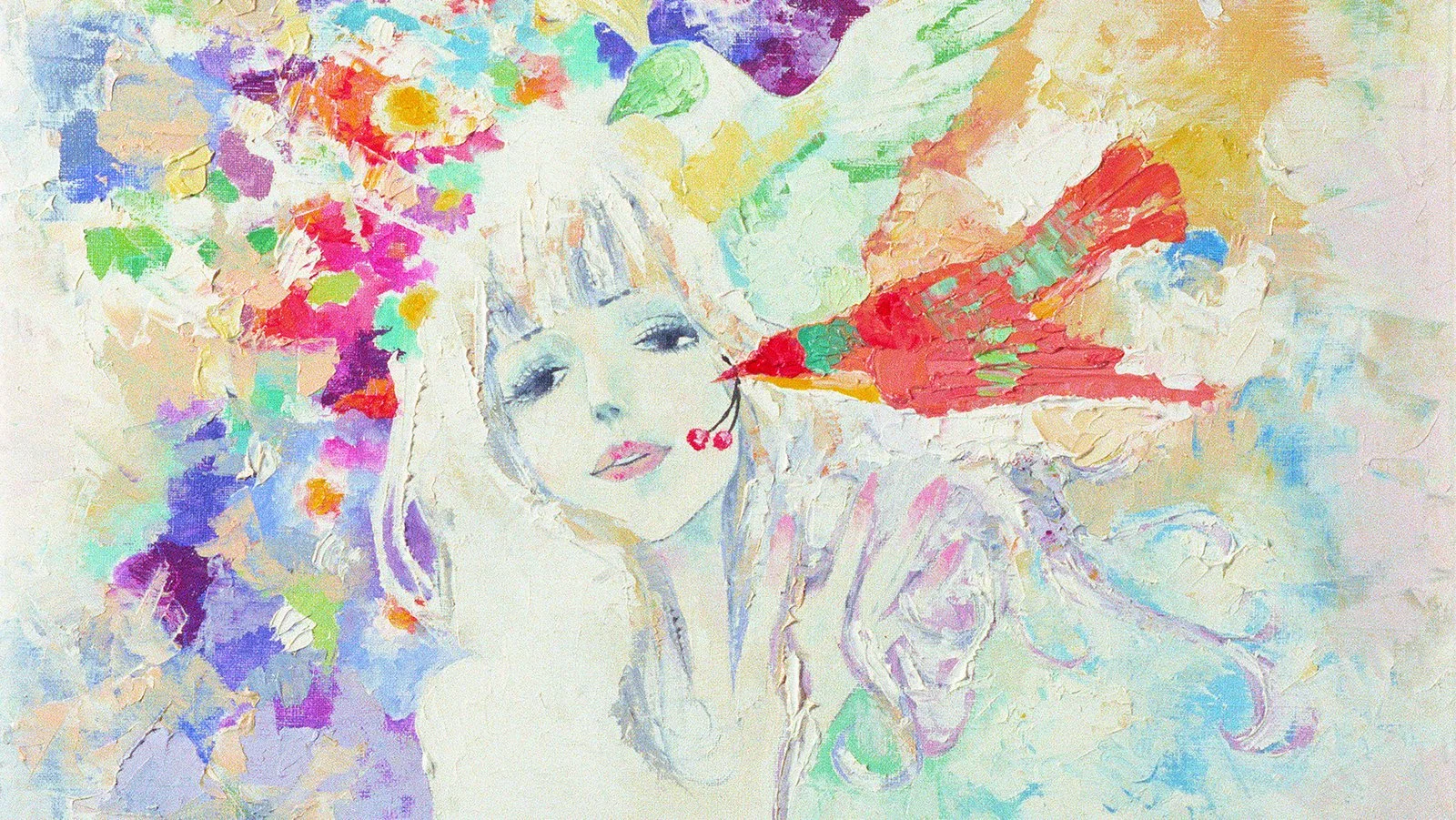It is easy to argue that pornographic animation is always transgressive, for it directly confronts hard-won stereotypes that animated films are somehow a children’s medium, or that it is a type of media watched solely for laughs that cannot be taken seriously. To consider the creative potentials of pornographic animation is to therefore theorize the plurality of what animation truly is as a medium. But the very existence of pornographic animation also threatens preconceived ideas that there would be such a thing as authentic pornography, that is a kind of pornography in which performers are actually enjoying themselves and not ‘lying,’ versus faking and over-performing.
Read MoreWestern culture has long had a preconceived notion that animation is primarily for children. Two prominent reasons for this positioning were the arrival of the Hays Code, a motion picture guideline that made censorship stricter starting in 1934 up until 1968 (and which included the censoring of animated stars such as Betty Boop), and the dominant influence that the Walt Disney Studios had upon shaping the identity of the medium as family-friendly (see Lewis 2021). These two forces converged to create cartoons marketed primarily towards younger audiences, leaving future generations of animators and studios to adopt and perpetuate this convention.
Read MoreNotable for its erotic tone and psychedelic imagery, Eiichi Yamamoto’s adult art film Belladonna of Sadness (1973) interrogates the depiction of sexual violence against its female protagonist. The film, set against the backdrop of feudal France, follows newlywed villager Jeanne after being raped by the town’s baron on her wedding night.
Read MoreAnimation has, of course, never been only for children. To limit an understanding of the audience of animation to just children is to deny the medium’s potential as an art form to both reflect and reimagine reality in increasingly innovative ways.
Read Moreor those among you who have miraculously managed to avoid the pop cultural behemoth that is Rick and Morty (Dan Harman and Justin Roiland, 2013–), it is an ongoing American animated sitcom that follows the often-calamitous adventures through space of mad scientist Rick and his anxious grandson Morty.
Read MoreLast summer, SpongeBob came out—in a way. On June 13, 2020, Nickelodeon, the longtime home of SpongeBob SquarePants (Stephen Hillenburg, 1999-), wrote that it was “Celebrating #Pride with the LGBTQ+ community and their allies,” setting a rainbow-tied SpongeBob alongside trans actor Michael D. Cohen (of Henry Danger [Nathan Kress, 2014-2020] fame) and the bisexual animated character Korra (first seen on Avatar: The Last Airbender [Michael Dante DiMartino and Bryan Konietzko 2012-2014]) in a much-favourited tweet.
Read More





